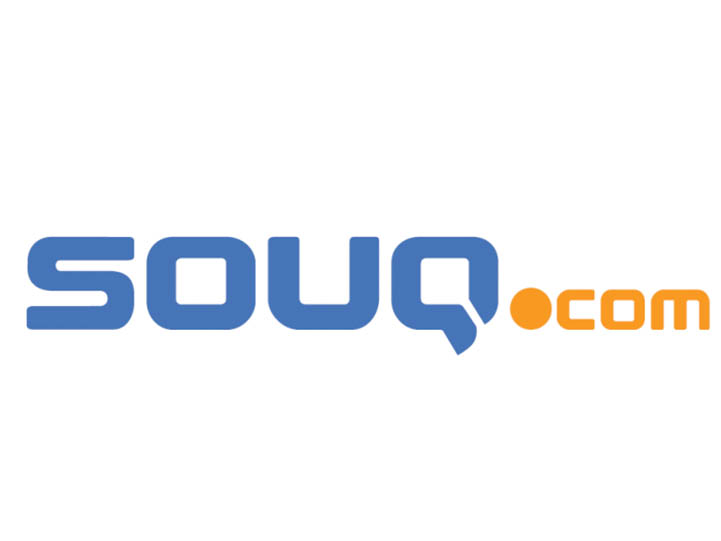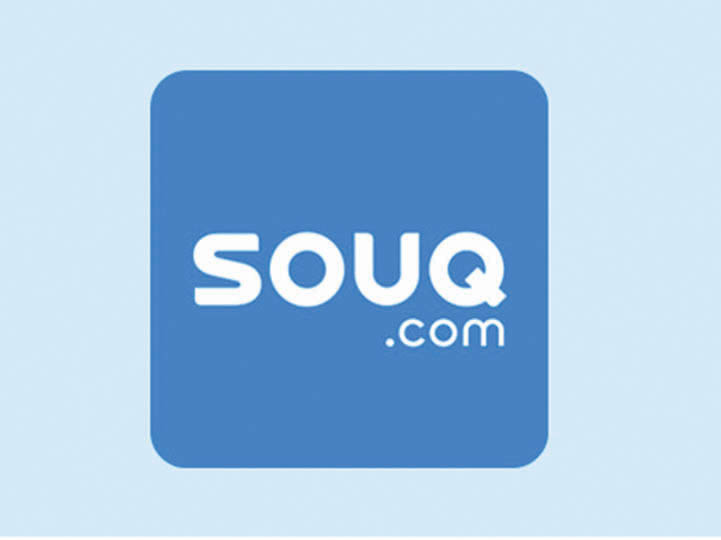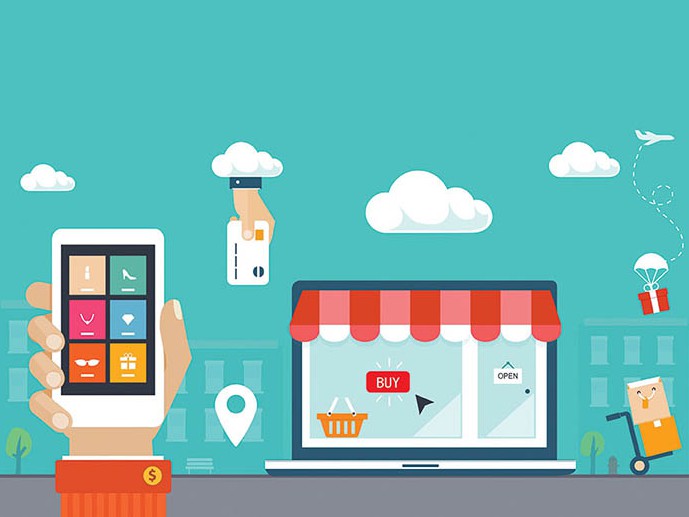News - Digital/Tech
Souq Online Gone Bigger
April 9, 2016
.jpg) Advertisement
AdvertisementWhat drove you to setup an e-commerce site to begin with? And what kind of challenges have you faced during your 10-year journey in this sector?
Souq.com was launched in 2005 as an auction site linked to Internet portal Maktoob. At that time, e-commerce was still in its infancy, and getting started that early gave us time to find a business model that works today. Transporting goods ordered on the Web across the Gulf countries was not easy because currencies and legal structures varied from place to place. Often, there was the added necessity of opening new bank accounts or finding a local partner to share the business. This also made it more difficult to manage inventory.
Online payment was also a hurdle. Many customers preferred to pay with cash on delivery rather than entering credit card details online. Cash on delivery put a strain on the company’s resources as it had to ship goods first and collect, or not, the money later. Online payments are now becoming more widely accepted with the growing number of tech-savvy consumers who understand the benefits of e-payments even more such as speed, convenience, security and value for money.
In 2010, we shifted strategy to offering goods only at fixed prices, encouraging traditional retailers to sell their products on the platform. Today, Souq.com operates both as a retail site and as a marketplace for third party sellers. Through marketplace platform, we provide immense opportunities to various small to medium sellers, who can directly sell products to customers without much hassle and costs. We have been successful at building a vertically integrated marketplace where payment, fulfilment and delivery are fully aligned to enable sellers to reach out to millions of monthly buyers on Souq.com. Our platform provides technology, infrastructure and wide-reach that gives homegrown businesses the power to build and grow autonomously.
What are some of the innovations you've recently deployed to keep a competitive advantage over other similar platforms and businesses?
We are committed in delivering on our promise to constantly enhance the consumer experience, innovate across the platform and fuel the larger ecosystem of entrepreneurship and technology. We are constantly expanding our portfolio across various categories, which allows the merchants to showcase their products as well as offer a greater choice of variety for the consumers. Cutting edge technologies along with quick and easy access to mobile commerce ensures to empower consumers and help them make smarter choices. Investing in innovative technologies, improving logistics, recruiting top talent has helped us deliver excellent services and expand our networking across 40 cities in the region.
Further, we recently changed our logo and rebranded to more vibrant colours to further appeal to our customers. The rebranding also added more features on the website and mobile app to add further ease to shopping on the go. So now, there is more power in customers’ hands and convenience to choose from a large assortment of products at their fingertips.
Before After


What is the current state and the prospects of B2C E-Commerce in the Middle East?
The e-commerce market in the Middle East is growing very fast and expected to reach $20 billion this year. High gross domestic product per capita, massive mobile penetration rates, a young population and ease of buying are some of the key factors fuelling this boom.
We firmly believe that SMEs are the growth drivers in the economy and want to empower these businesses with innovative technologies in e-commerce. M-commerce too has been an undeniably key factor over the past two to three years and over 60% of our sales are driven by mobile shopping. Smartphones are playing a significant role in shaping consumer habits today, and the young, tech-savvy population are realising that online shopping offers many more choices especially for popular category such as fashion.
With social media influencers defining the fashion trends, more and more people are turning online to get inspiration and style themselves. This is driving the growth in e-commerce where secure payments, convenience, variety of choice, no hassle of mass crowds, and being more reliably stocked bring great appeal. We are delighted to be able to quench consumer thirst for this.
What are some of the unique characteristics related to consumer behaviour and are there any specific habits unique to customers in each market you cater for?
We are witnessing more and more consumers shopping online every year in the Middle East. High gross domestic product per capita, robust mobile penetration rates, a younger population and ease of buying are some of the key factors fuelling a boom in e-commerce in the Middle East.
The UAE, Saudi Arabia, Egypt and Kuwait are the biggest Arab online markets and of these, the UAE and KSA are leading the e-commerce revolution in the Middle East. The region has a growing number of consumers that are ‘living online’ and therefore understand and highly value the benefits of electronic payments such as speed, convenience, security and value for money.
As per a recent survey (PAYFORT's "State of Payments in the Arab World", May 2015), of the total number of people who shop online in the UAE, 59% are men and 41% are women while in the KSA men online shoppers stand at 61% compared to 39% women. Industry studies (*Internet retailing in the United Arab Emirates, Euromonitor International, February 2015) reveal that apparel and footwear are the second highest value e-commerce category in the UAE after electronics and significant growth is being seen in the housewares and home furnishings category as well. In line with this, Souq.com has remarkably grown its portfolio of products for women including fashion, beauty, home and baby.
Is there anything you can think of, that could improve the flow and services offered and if so, how are you planning on getting there?
Our current funding of AED one billion has been strategically used to invest in innovative technology including m-commerce, scaling our online marketplace, launching new product categories, recruiting and retaining the best talent in the region. In addition, expansion of logistics and payment services to enhance consumer experience and operations are also being implemented. While we at Souq.com are growing significantly on a yearly basis, we ensure that as we evolve, so do our partners and SMEs, so we can work together to provide the consumers with the best online shopping experience on the platform.
What in your opinion will play a key role in the continued growth of e-commerce in the region?
The Middle East is still the fastest growing e-commerce market with key factors driving its growth. Expansion of online portfolios, which offer consumers a variety of choices at affordable prices, ensuring strict actions and a strategic plan to protect consumer rights, further investment in m-commerce will all play a major key role in the continued growth of e-commerce.
What is the projected growth rate for ecommerce in the UAE during 2016, compared to 2015?
As per the industry estimates, e-commerce in the UAE is expected to be valued at $10 billion by 2018. Overall, the e-commerce market in the Middle East is growing very fast and expected to reach $20 billion this year. High gross domestic product per capita, massive mobile penetration rates, a young population and ease of buying are some of the key factors fuelling this boom.



.jpg)









